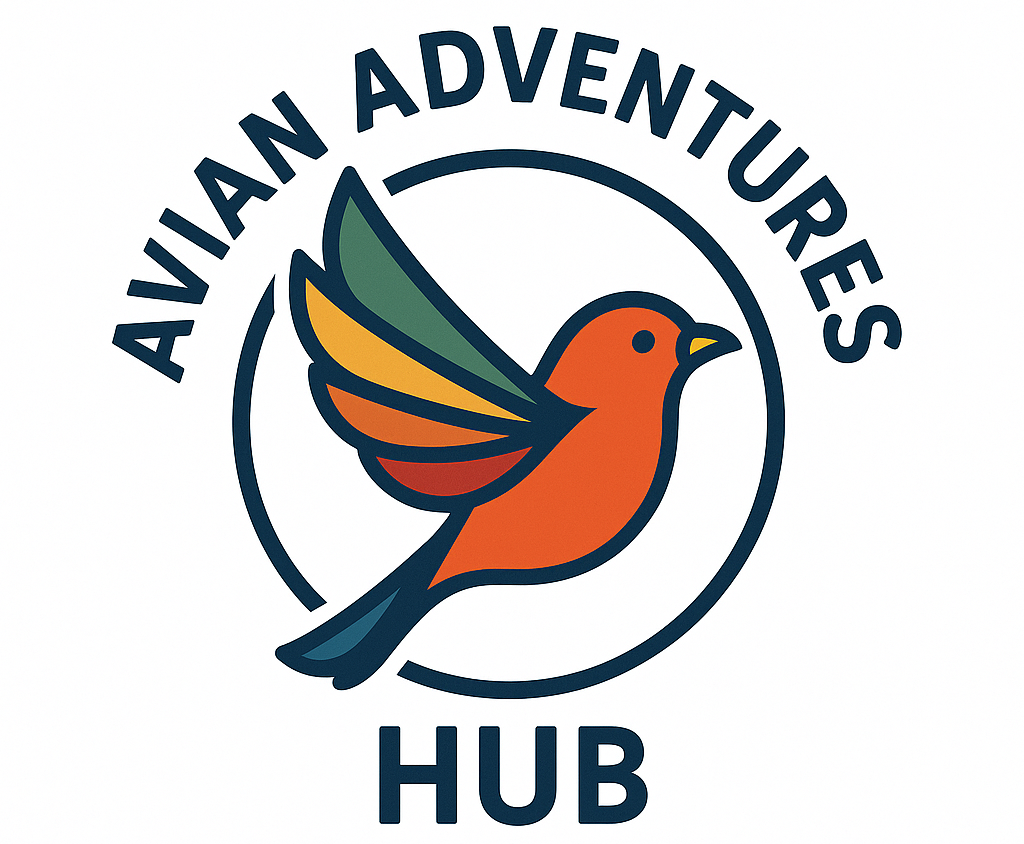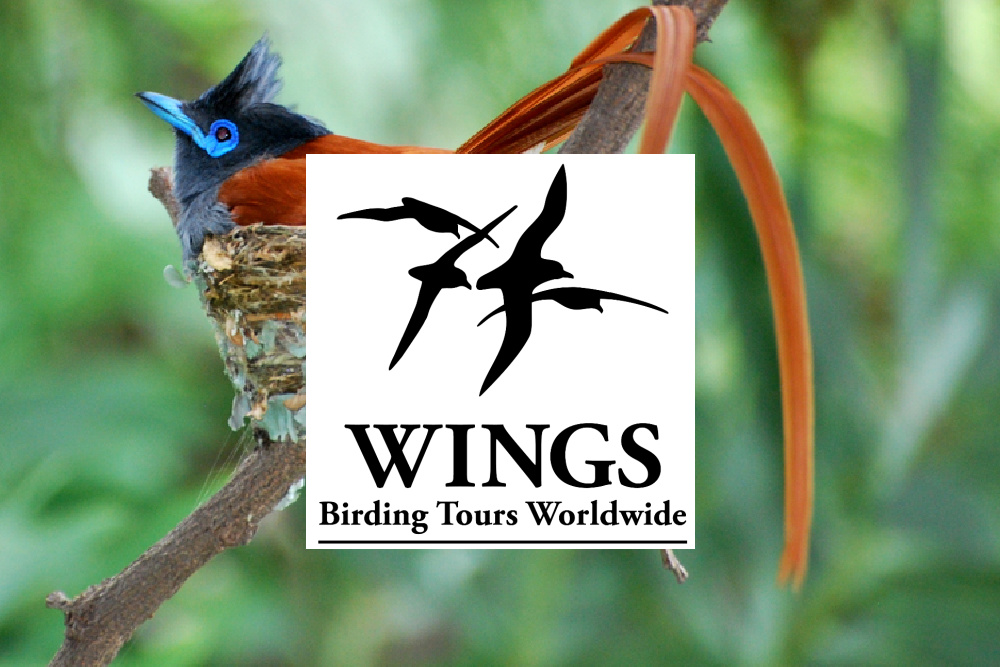Peru: The Magnificent Manu Road and Lowland Rainforest
Click link below to learn more:
Length of trip
Description
The rainforests of southeastern Peru have long been known to be among the most biodiverse areas in the world. Starting in the mountainous regions of Cusco and Puno, several rivers drain off the Andes into the Madre de Dios—Mother of God—before joining waters flowing northeast out of Bolivia and eventually making their way down to the Amazon River.
On their way to the Amazon, these rivers pass through Manu National Park, without question one of the most exciting birding destinations in the world, and the Los Amigos Conservation Concession, a huge area of protected forest that abuts an even larger area of wild, if at present unprotected, land.
During this incredible three-week tour, starting in Cuzco at 11,000 feet and ending in Puerto Maldonado at 900 feet, we’ll visit protected habitats ranging from orchid-laden cloud forest at the upper elevations to the rich middle elevations where Andean Cocks-of-the-rock perform their mating displays right along the road, down to the uppermost reaches of the navigable Amazon River system with its tropical exuberance. For the first half of the tour, we’ll travel by bus and stay at three lodges at progressively lower elevations which descend the Kosñipata Valley from Acjanaco Pass down to Pillcopata. Once in the lowlands, we will travel by motorized canoe and visit two more lodges, both on the Madre de Dios itself. In the Amazonian lowlands we’ll cover an amazing variety of habitats, from open riverbanks to closed oxbow lakes and from seasonally flooded forest to tall upland forest well above the rivers. We’ll also sample the area’s high concentration of bamboo-dominated forest, which has a whole host of its specialists. Topping off the list will be visits to a dirt bank used by hundreds of parrots and macaws each morning as well as a canopy platform to see the world from a unique angle. Besides birds, we’ll have a chance to look for several exciting mammals, such as Giant Otter, while also taking time to observe the myriad reptiles, amphibians, butterflies, and other invertebrates, enriching the entire natural history experience.

